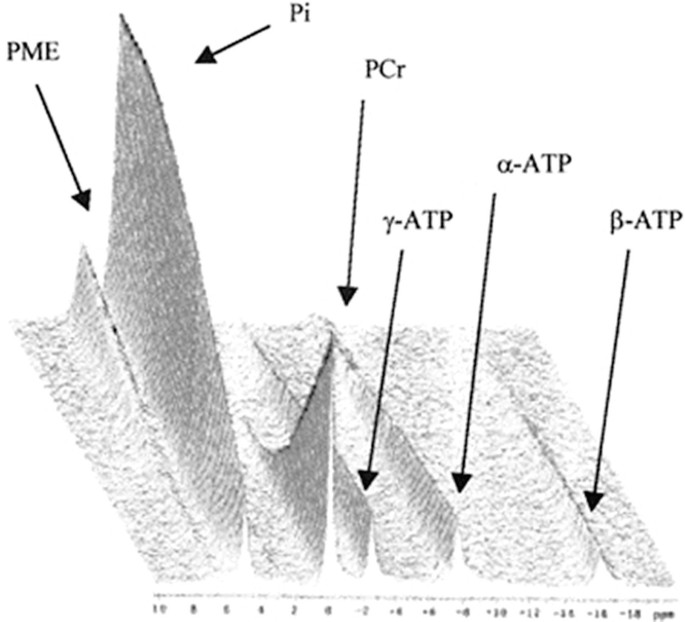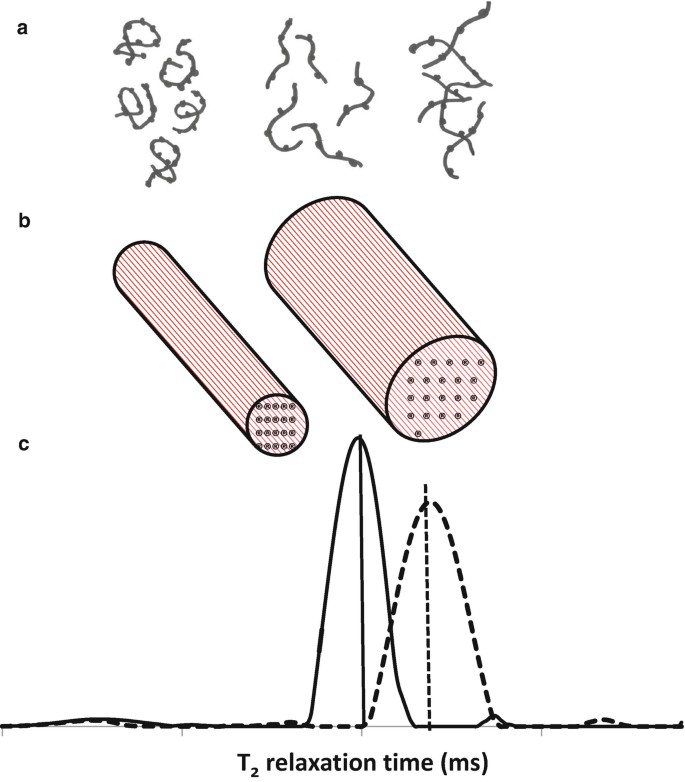NMR-based Meat Analysis
Animal products constitute an important part of our diet, and NMR has become a useful tool for analyzing meat products.
As an expert in the field of nuclear magnetic resonance, Creative Biostructure provides customers with meat metabolomics analysis service based on NMR spectroscopy and analysis service based on 1H NMR relaxation measurement method. NMR spectroscopy provides chemical-specific information about each part of the chemical structure, while relaxation measurement provides information about the overall characteristics of the tested sample.
Meat Analysis Service Based on NMR Metabolomics
1H NMR, 13C NMR and 31P NMR can provide information about the metabolites that have the greatest impact on meat quality, such as lactic acid, glycogen, and phosphorus-containing energy compounds. Therefore, they are used to analyze the mechanism of these metabolites affecting meat quality.
 Figure 1. Stacked plot of 31P NMR spectra acquired continuously from 20 min postmortem until 12 h postmortem on a porcine muscle sample (Bertram, 2016)
Figure 1. Stacked plot of 31P NMR spectra acquired continuously from 20 min postmortem until 12 h postmortem on a porcine muscle sample (Bertram, 2016)
- Our technology
We mainly rely on 1H NMR spectrum to provide meat analysis services for customers. 1H NMR spectrum mainly provides the following information:
The type of magnetic nonequivalent proton in the marker molecule can be obtained by the number of peaks.
The number of protons of each type can be obtained from the intensity (area) of the peak (relative).
Displacement through peak (δ) To get the chemical environment of each proton.
The number of protons of adjacent carbon atoms can be obtained from the split fraction of the peak.
Determine the configuration of compounds by coupling constant (J).
- Analysis content
Nuclear magnetic resonance spectroscopy provides chemical-specific information about each part of the chemical structure, such as
| Analysis objectives | Analysis content |
|---|---|
| Analysis of the influence of pre-slaughter factors on meat quality | Genetic factors, species, variety, sex and age, nutritional factors, energy, composition and feeding mode of feed, pre-mortem stress factors, pre-mortem rest, pre-mortem fasting and pre-mortem shower, anatomical position of raw meat |
| Analyze the influence of postmortem factors on meat quality | Storage temperature of meat, ripening time after rigidity, and artificial processing factors such as electrical stimulation |
| Analyze meat processing and meat product safety issues | The effect of high-pressure treatment on the quality of marinated meat products, the distinction between non-irradiated and irradiated products, the effect of different pressure treatment on the metabolome, and the analysis of the relationship between the ripening time of fermented meat products and the composition and quality of the final product |
| Other analysis | Check the change of meat metabolite spectrum between different species and varieties. Be used as a function of slaughter age and aging. Identification of adulterated animal food. |
Meat Food Analysis Service Based on 1H NMR Relaxation Measurement
 Figure 2. Illustration of micro- and macroscopic structural alterations reflected in proton T2 relaxation of meat (Bertram, 2016)
Figure 2. Illustration of micro- and macroscopic structural alterations reflected in proton T2 relaxation of meat (Bertram, 2016)
| Analysis objectives | Analysis content |
|---|---|
| Genetic and peri-mortal factors in fresh meat | Analysis of water retention capacity (WHC) of meat by proton magnetic resonance transverse relaxation (T2). |
| Postmortem conversion of muscle to meat | The combination of NMR relaxation measurement with impedance measurement and contraction measurement can not only characterize the postmortem changes in the internal muscle water fluidity and distribution of pig muscle, but also determine how the progress of postmortem water reorganization depends on the changes in cell membrane integrity and muscle contraction. |
| Cured meats | Analyze the interaction between the curing agent (salt) and the composition of meat, and analyze the structural changes and the changes of water flow and distribution during the curing process of meat. |
| High-pressure processing of meats | Analyze the interaction between muscle protein and water molecules under high pressure. |
| Ultrasound processing of meat | Analyze the effect of ultrasound on the physical properties of meat and meat products. |
| Fermented meat products | Analyze the influence of preparation, fermentation and ripening/drying on the meat protein arrangement and the fluidity and distribution of the inherent water in the product. |
| Other analysis | Ingredient substitution and functional ingredients in meat products. Microbial safety. |
Creative Biostructure is committed to providing high-quality NMR analysis services to advance the life sciences fields. If you have any questions or needs, please contact us and our customer service staff will help you the first time.
Ordering Process
Reference
- Bertram H C. NMR-based metabolomics: Quality and authenticity of milk and meat. Modern Magnetic Resonance, 2nd ed.; Webb, GA, Ed.; Springer International Publishing: Geneva, Switzerland, 2016: 1-13.

